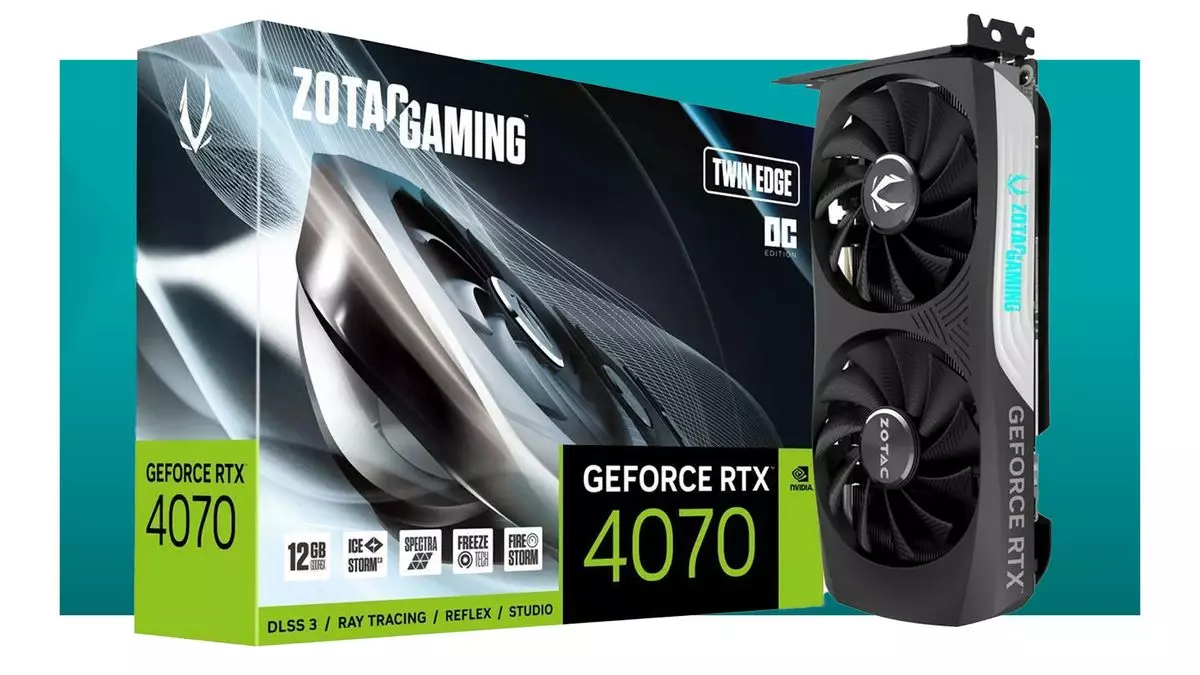In the world of PC gaming and graphic-intensive applications, the demand for high-performance graphics cards remains unabated. However, for those holding out hope for significant discounts on Nvidia’s current offerings—particularly the RTX 40-series—expectation management is crucial. These GPUs have demonstrated remarkable resilience in retaining their market value, which is not surprising given the steady demand and the looming possibility of new advancements. Gamers and enthusiasts alike may find themselves at a crossroads, contemplating whether to invest now or wait for the next generation of GPUs.
The RTX 40-series is increasingly seen as a sunset model, paving the way for what is anticipated to be the RTX 50-series next year. While no official details have been released, speculation suggests that these upcoming cards will deliver indeed improved performance metrics. For prospective buyers, this raises a valid consideration: will holding off on a new GPU purchase yield significant benefits as technology evolves? The improvements expected in the 50-series could affect gameplay experiences dramatically, making a delayed purchase more worthwhile.
Nevertheless, there are instances where waiting may not be a feasible option. If your current graphics card fails unexpectedly, the urgency of replacing it takes precedence. Just recently, a noteworthy offer on an RTX 4070 was spotted at Walmart, priced just under $500. This Zotac Twin Edge variant boasts an impressive configuration, with its AD104 GPU housing 5,888 CUDA cores. This performance would suit gamers well into 2025—an essential factor to consider for those with more immediate needs. Furthermore, for those looking for competitive alternatives, AMD’s RX 7800 XT is available at an attractive price point of $480, which should not be overlooked.
For those still uncertain, it is sage to weigh the advantages of waiting until major sales events. With Black Friday on the horizon, there may be more competitive offers that could emerge and potentially shift the value proposition in favor of the consumer. Shoppers should remain vigilant and proactively seek the best deals, as the landscape for graphics card sales continues to evolve.
In essence, the decision to purchase a graphics card at this juncture involves a balance between immediate needs and anticipated future advancements. While Nvidia’s existing lineup holds its value well, the promise of an upcoming generation could sway many toward a more patient approach. However, for those in urgent need, appealing deals are still available in the market today. The key lies in assessing personal requirements and acting decisively based on the prevailing market conditions and anticipated technological shifts. Whether to leap into the current offerings or stand firm in anticipation of what’s next is ultimately a choice only the consumer can make.

